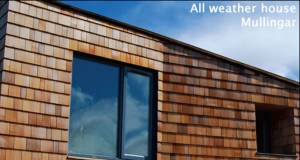
Since establishing UCD’s Energy Research Group in 1975, the career of Professor J Owen Lewis has taken in the role of principal at the UCD College of Engineering, Mathematical and Physical Sciences, a Bord na Móna R&D directorship and expert roles advising EU research, national energy policy and building regulations. Appointed CEO of SEAI last year, Professor Lewis has been a champion of sustainable building since before the term existed. His selection combines a proto-green Alvar Aalto design, the reimagined Reichstag and an unusual academic building with two new cutting edge sustainable buildings.





























